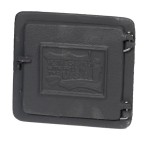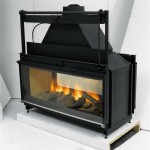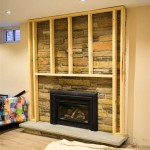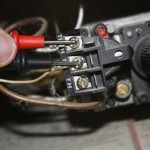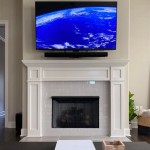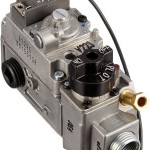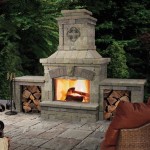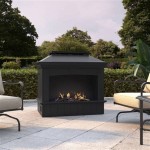Gas Log Fireplaces with No Pilot Light: The Ultimate Guide
Gas log fireplaces without a pilot light are a popular choice for homeowners looking for a more efficient, convenient, and realistic way to enjoy a cozy fire. These fireplaces operate using an electronic ignition system that eliminates the need for a constantly burning pilot light, resulting in significant energy savings and a more environmentally friendly option.
Benefits of Gas Log Fireplaces with No Pilot Light
There are numerous benefits to opting for a gas log fireplace with no pilot light:
- Energy Savings: Pilot lights can account for a significant portion of a fireplace's gas consumption. By eliminating the pilot light, these fireplaces can save homeowners up to 30% on their energy bills.
- Reduced Emissions: Pilot lights constantly burn a small amount of gas, releasing emissions into the home. Gas log fireplaces with no pilot light produce far fewer emissions, making them a more environmentally conscious choice.
- Increased Safety: Pilot lights can pose a safety hazard, especially if there is a gas leak or power outage. Gas log fireplaces with no pilot light eliminate this risk, as they only ignite when turned on.
- Realistic Ambiance: Despite not having a pilot light, these fireplaces offer a highly realistic flame pattern that mimics the look and feel of a traditional wood-burning fireplace.
- Convenience: Electronic ignition systems allow for easy and convenient lighting of the fireplace with just the flip of a switch or remote control.
How Do Gas Log Fireplaces with No Pilot Light Work?
Gas log fireplaces with no pilot light utilize an electronic ignition system that generates a spark to ignite the gas when the fireplace is turned on. This system is powered by a battery or electrical outlet and is controlled by a thermostat or remote control.
Choosing the Right Gas Log Fireplace with No Pilot Light
When selecting a gas log fireplace with no pilot light, consider the following factors:
- Size and Heat Output: Determine the appropriate size and heat output for your space.
- Fuel Type: Choose between natural gas or propane, depending on the availability in your area.
- Remote Control: Consider the convenience of a remote control for easy ignition and flame adjustment.
- Venting System: Ensure that the fireplace has a proper venting system to safely exhaust combustion gases.
- Installation: Consult with a qualified professional for proper installation and maintenance.
Safety Considerations
While gas log fireplaces with no pilot light are generally safe, it is essential to follow certain safety precautions:
- Ensure proper installation and regular maintenance by a qualified professional.
- Never leave a gas fireplace unattended while it is lit.
- Keep children and pets away from the fireplace area.
- Do not store flammable materials near the fireplace.
Conclusion
Gas log fireplaces with no pilot light offer numerous advantages, including energy efficiency, reduced emissions, increased safety, and realistic ambiance. By carefully considering the factors discussed in this guide, you can choose the perfect fireplace for your home, providing warmth, comfort, and style without the drawbacks of a traditional pilot light.

Fireplace Won T Stay Lit This Is How You Fix It

Why Your Gas Fireplace Won T Light And How To Fix It

Using A Gas Fireplace During Power Outage Answered Tips

Gas Fireplace Pilot Light On But Won T Start Causes Fixes

Gas Fireplace Won T Stay Lit Magic Touch Mechanical

Reasons Your Gas Fireplace Isn T Working Experts

Gas Fireplace Won T Light Fixed

5 Reasons Gas Fireplaces Won T Light How To Fix It Fireplace Tips

Gas Fireplace Keeps Shutting Off Here S What You Can Do

How To Fix A Pilot Light In Your Gas Fireplace Vertical Chimney Care

